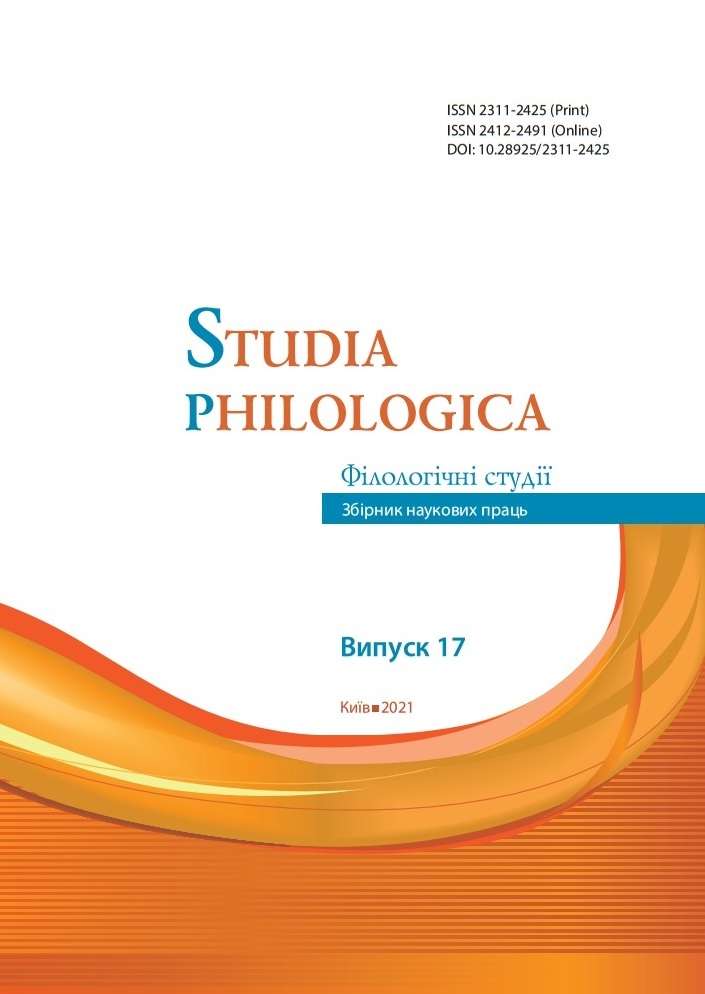Language situation in secondary education of Donetsk region (based on sociolinguistic research)
DOI:
https://doi.org/10.28925/2311-2425.2021.171Abstract
This article addresses the issue of Ukrainian identity which is inextricably linked with the status of the native language and the attitude to it among citizens. The suggested analysis is carried out in the framework of modern sociolinguistic investigations. Statistical and empirical analyses (involving 603 questionnaires) have been employed.
The article studies the language situation in institutions of secondary education in Eastern Ukraine and focuses on a number of respective issues related to bilingualism. The paper identifies and tackles a number of linguistic distortions caused by the influence of the Russian language. The said distortions are analyzed via the scope of a larger issue of the national consolidation of Ukraine.
The analysis of the answers to the questionnaire showed that the speakers' own assessment of their degree of language proficiency is different from the actual use of language in the communication process. Slovyansk has the largest number of Ukrainian-speaking students and teachers in secondary schools. At the same time, the answers of schoolchildren from Mariupol and Pokrovsk prove that students and teachers still use Russian during classes.
According to the results of a sociological study, modern schoolchildren realize that the Ukrainian language should become crucial in all spheres of communication. The respondents demonstrate awareness of Ukrainian as a consolidating factor in social and ethnic dimensions. The paper emphasizes the necessity of an extensive study of the language situation in the educational space of Donetsk region as well as novel state policy in the education system. Both are expected to facilitate overcoming the consequences of the influence of the Russian language and the prospects for future changes in the linguistic and cultural situation in favor of the Ukrainian language.
Key words: language situation, educational establishments, linguistic deformations, bilingualism, educational space.


